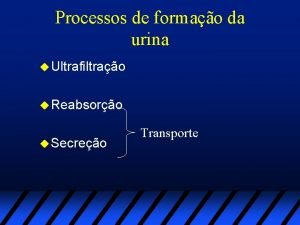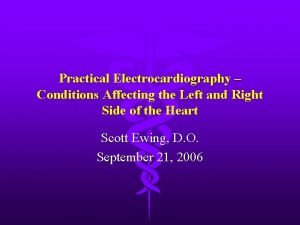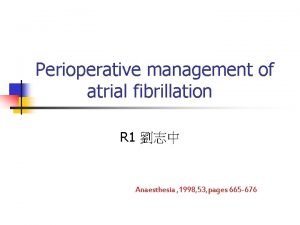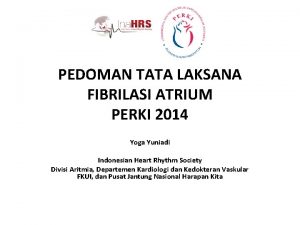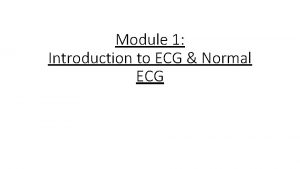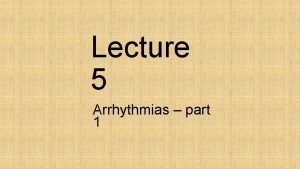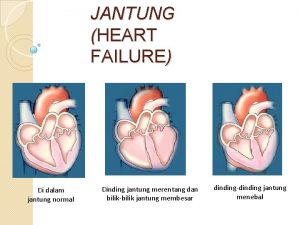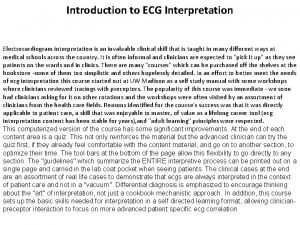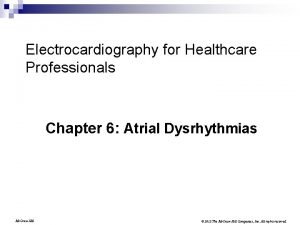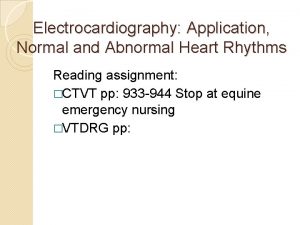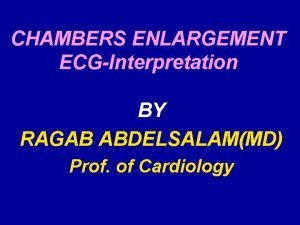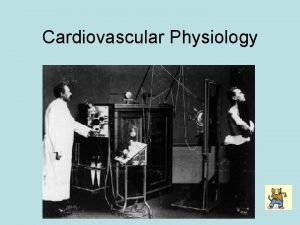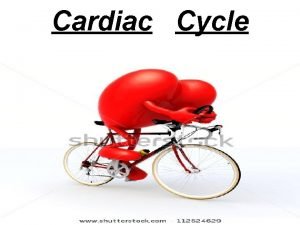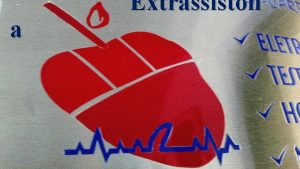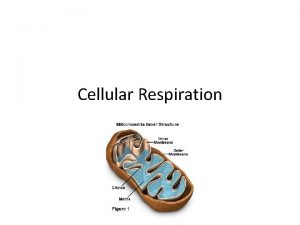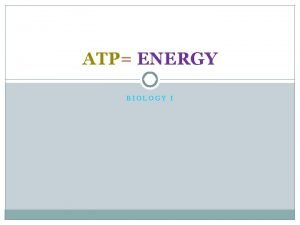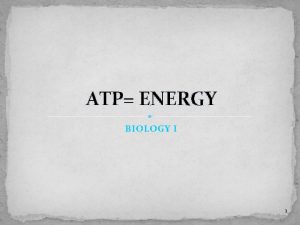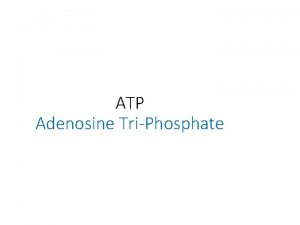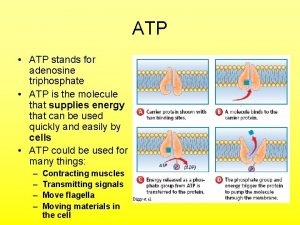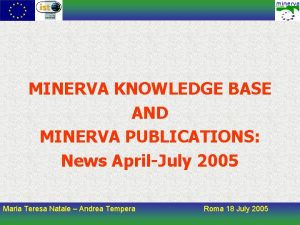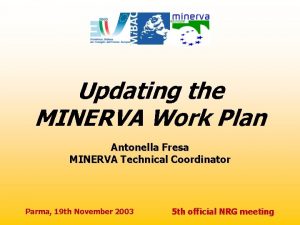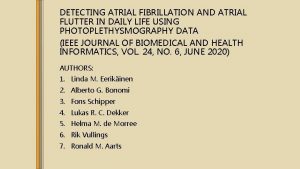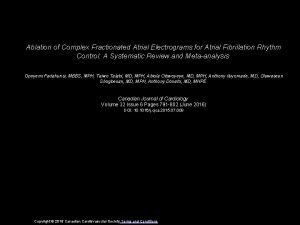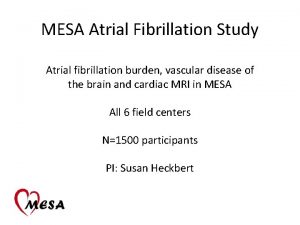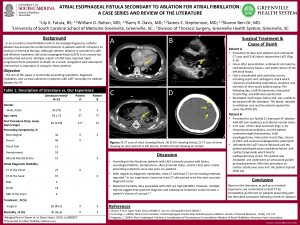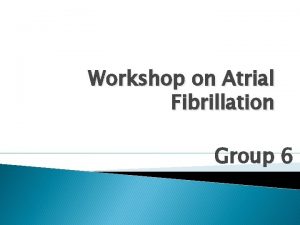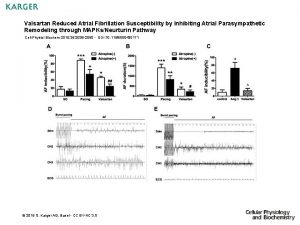Reactive ATP and MINERVA Atrial Reactive ATP Overview



















- Slides: 19

Reactive ATP and MINERVA


Atrial Reactive ATP Overview Reactive ATP allows for multiple deliveries of programmed ATP therapies in response to two clinically relevant events: • Change in the arrhythmia rhythm (cycle length or regularity) • Elapsed period of time

Atrial Reactive ATP Programming Rhythm Change options: On/Off Time Interval options: Off, 2 hrs… 48 hrs

Reactive ATP – Rhythm Change If Rhythm Change is enabled: • ATP Therapy “bins” are automatically created by the device based upon whether 1 or 2 zones for AT/AF detection are programmed • The full set of programmed ATP therapies (Rx 1, Rx 2, Rx 3) is available for each bin and for each zone Regular Irregular

Treated AT/AF Programmer View

Evolution of Reactive ATP

Example of Changing Atrial Arrhythmias


Reactive ATP Example

Another Reactive ATP Example

MINERVA Study n=385 n=383 n=398

MINERVA • MINimiz. E Right Ventricular pacing to prevent Atrial fibrillation and heart failure study • Primary objective is to compare the Control DDDR to DDDRP+MVP arms at 2 years using the composite clinical endpoints of – All Cause Death – CV Hospitalizations – Permanent AF



61% relative reduction between DDDRP + MVP arm and Control DDDR (p = 0. 003)

Risk of AF >7 Days and a. ATP Efficacy Implies that a. ATP is a driving force behind the results

MINERVA Key Results • Primary End Point – 2 year composite of death, CV hospitalizations, and permanent AF in DDDRP + MVP arm vs. Control DDDR (26% relative risk reduction, p = 0. 04) • End point driven by slowing progression of AF – 61% relative reduction between DDDRP + MVP arm and Control DDDR (p = 0. 004) • Rates for HCU to AF (hospitalizations, ER visits, atrial CVs) lower in DDDRP + MVP arm compared to Control DDDR

Longevity • Pacing thresholds rise as the coupling interval is reduced • High outputs designed to maximize the ability to capture all coupling intervals during ATP • 1000 a. ATP per month decreases longevity by less than 3%
 Reactive sourcing
Reactive sourcing Arachne and minerva
Arachne and minerva Minerva and calliope
Minerva and calliope Peptídeo natriurético atrial
Peptídeo natriurético atrial Right atrial enlargement
Right atrial enlargement Chemical cardioversion
Chemical cardioversion Ventrikel fibrilasi tatalaksana
Ventrikel fibrilasi tatalaksana Svt no p waves
Svt no p waves Peptídeo natriurético atrial
Peptídeo natriurético atrial Ventricular escape rhythm
Ventricular escape rhythm Algoritma tatalaksana atrial fibrilasi
Algoritma tatalaksana atrial fibrilasi Wandering atrial pacemaker
Wandering atrial pacemaker Wandering atrial pacemaker ecg
Wandering atrial pacemaker ecg Atrial standstill
Atrial standstill Right atrial enlargement ecg
Right atrial enlargement ecg Ekg axis
Ekg axis Atrial systole
Atrial systole Right atrial abnormality ecg
Right atrial abnormality ecg Atri meaning
Atri meaning Pausa compensadora completa e incompleta
Pausa compensadora completa e incompleta



